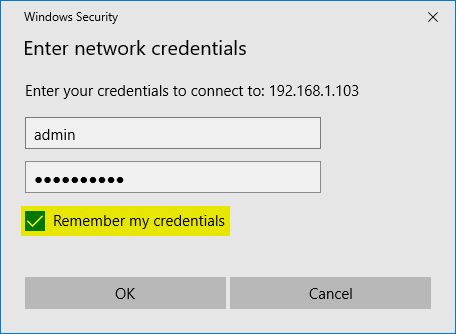

- #CHANGE A PASSWORD TO A MAC NETWORK DRIVE MAC OS X#
- #CHANGE A PASSWORD TO A MAC NETWORK DRIVE SERIAL#
- #CHANGE A PASSWORD TO A MAC NETWORK DRIVE SOFTWARE#
- #CHANGE A PASSWORD TO A MAC NETWORK DRIVE PLUS#
#CHANGE A PASSWORD TO A MAC NETWORK DRIVE SOFTWARE#
Special thanks go out to the following members at : phreakout (hardware help in the beginning days) JDW (for more information, particularly concerning 10.4), kingchops and thatsteve for hardware images mcdermd for web hosting and invaluable assistance in the early HTML days, a bank of hardware and software for testing protocol7 for clues concerning the esoteric Netatalk configuration Cory5412 for maintaining and The Internet for providing various sources of software that is practically unobtainable otherwise. Internet Explorer may be somewhat sketchy because of issues with CSS interpretation (and making a custom CSS for every IE version is not worth it). These pages are very simplistic HTML 4.01 Strict source and have no JavaScript, Flash, cookies or other elements like IFRAMEs, and should render fine with Chrome, Safari and Firefox. The 68K MLA Forums should continue to be a useful source of helpful comrades to assist with hardware concerns or other technical issues.Īll images are thumbnails and can be opened in a new tab or window for a larger version. These matters should be of first-order importance, as the results of dying electrolytic capacitors and exploding PRAM batteries can be catastrophic. The preliminary steps to facilitate use of these older platforms may involve replacing PRAM batteries, dead hard drives, leaking electrolytic capacitors, shot diodes, and the like.
#CHANGE A PASSWORD TO A MAC NETWORK DRIVE MAC OS X#
All the newer computers running Windows or Mac OS X 10.2+ already have networking support over Ethernet, WiFi or other protocols which can be adequately covered elsewhere on the Internet. Some areas of this guide will not be relevant based on hardware or software incompatibilities (i.e.
#CHANGE A PASSWORD TO A MAC NETWORK DRIVE SERIAL#
This Guide will be primarily focused on networking any Macintosh from the Macintosh 512K up to the last "Beige G3" series that came out just before the first-generation iMac, with either Ethernet or serial data methods like LocalTalk. It is hoped that this guide will be a useful reference source. Mainly, this guide attempts to be very thorough and cover all the most pertinent options for networking and all the related steps to facilitate networking. Most of this guide was written with the "somewhat computer literate" user in mind, as to make it as accessible to the broadest span of computer users. This guide will detail the steps and procedures required to network the former generation of Macintoshes to each other, and to modern computers and networks.
#CHANGE A PASSWORD TO A MAC NETWORK DRIVE PLUS#
When you've finished entering the path, click the plus (+) button.Welcome to the third and final iteration of the Classic Mac Networking Guide. If you are unsure of what either path should be, contact the TTS Service Desk at call (617) 627-3376.

Q: or R: drive syntax = smb:// server/ departmental-sever/ your_department P: drive syntax = smb:/// your_tufts_username Therefore, the best practice is to always use smb:// when mapping your Tufts network drives. The use of smb://titan/xxxx will work when physically located on the Tufts network, but you must use the fully qualified domain name of smb:///xxxxxxxx when connecting from a remote location with Tufts VPN remote connection software. There should be no spaces in the path name and drive paths are case sensitive.The path to your Q: or R: (r esearch) drive will end with the name of your departmental share.



 0 kommentar(er)
0 kommentar(er)
